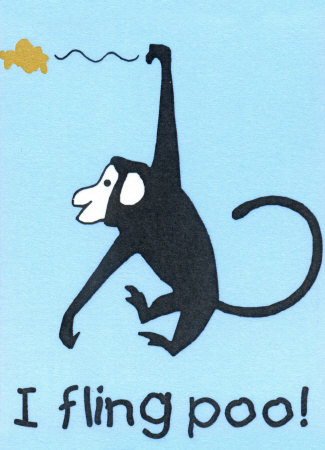A system is a group of interconnected elements working together to achieve a common purpose or function.
According to Karl Ludwig von Bertalanffy, in order for us to consider something a system, it must have three things:
Elements: The individual parts of the system.
Interconnections and interdependence must exist among the elements.
Purpose or function: The objectives of the organization as a whole have a higher priority than the objectives of its subsystem(s) (Credit: Stuart McMillan)
A systems thinking approach helps when it comes to designing a training program. Based on the individual and the goal there are at least two ways you could initially approach things based off the screening and performance data.
The Elements first approach: What is available to me, and what can I do? If Barbells were considered the ideal element for an intended purpose, but are not available, or I lack the ability to safely teach others how to use them then they’re not an element.
If you’re essentially married to a singular element, then you’re limited to it.
The Purpose or function first approach: What is the goal? Can I train someone to this goal? Previous success may not be as great of an indicator as we’d like to think. A lengthy track record tiling towards positive outcomes is a good thing so long as we remember that there are always outliers, and that what works for one works for many might not work for an individual.
Think of this as knowing where you’re going before you leave the house.
Not to diminish the other two, but interconnection and interdependence is where things often seem to drop off. Given the individual and the goal/purpose, I look at the connections between elements within the session and how they evolve over subsequent sessions and cycles. There is a “why” behind and between each element.

The opposite of the Systems Thinking approach is what I like to call “The Poo Flinging approach”. Essentially a trainer keeps throwing crap until something sticks. Either they are playing amateur hour, have misplaced over-confidence, don’t give a damn or perhaps a combination of those things.
Systems Thinking applied. I am currently building a home training center.
Purpose and Function are clear. Build with an eye towards longterm needs and the capabilities of people above, below or differently skilled from myself.
Elements in this case are the individual pieces of equipment, and build quality a personal priority.
Interconnection and Interdependence between elements helps maximize investments. Can the item be used for a singular purpose (is it highly specialized?) or can it be used in multiple ways, and do those ways contribute to the Purpose and Function?
Poo Flinging applied. I would be buying stuff simply based off looks based and impulse.
Systems thinking might be considered a lengthier process, and could invite paralysis by analysis. Ideally, it lessens the odds you’ll wind up with a face full of poo, or in my case reduce the odds of poor investments and buyers remorse.



